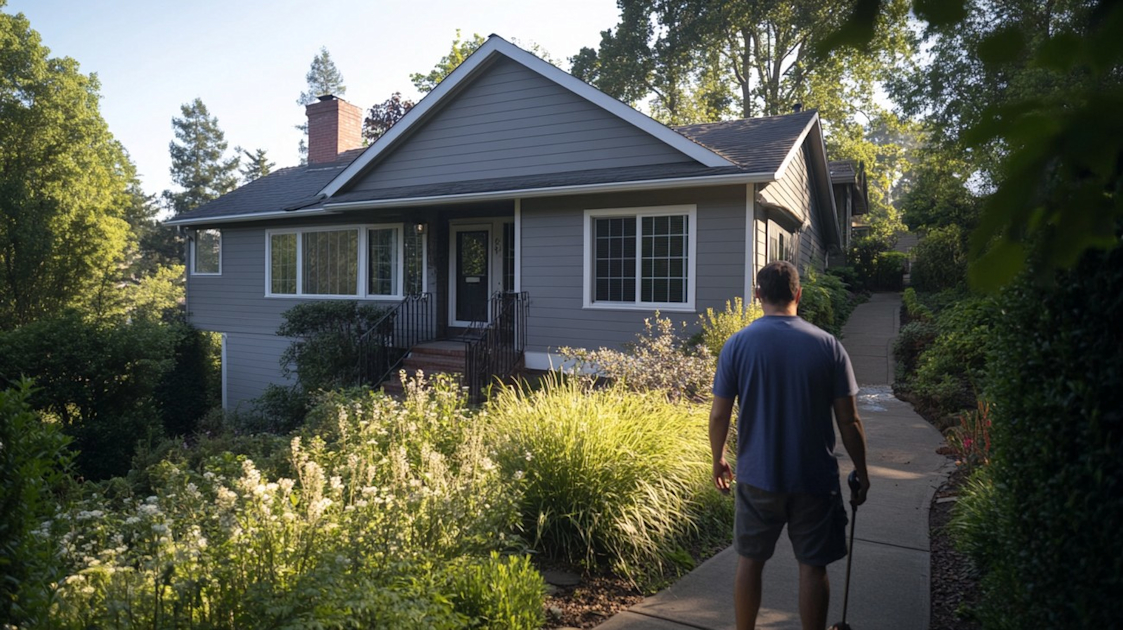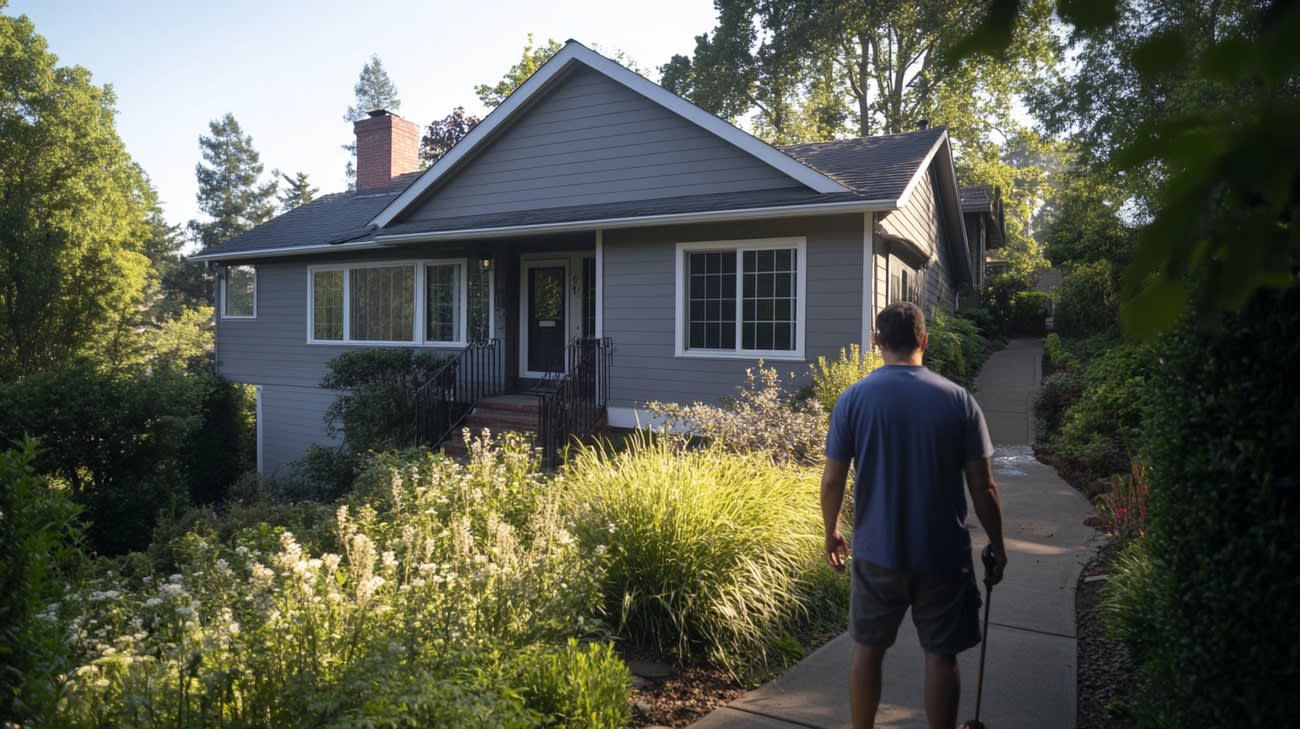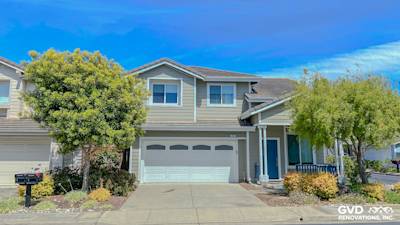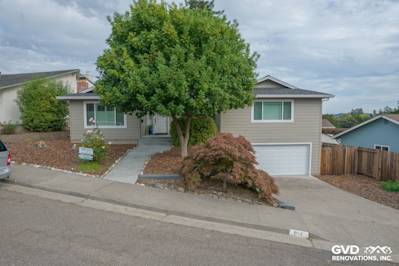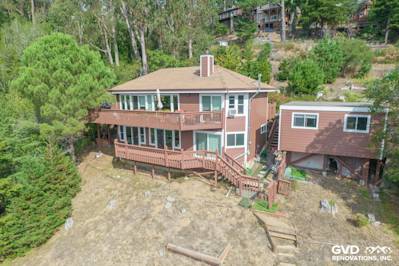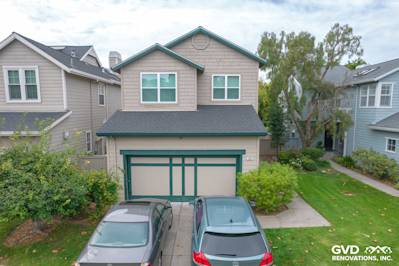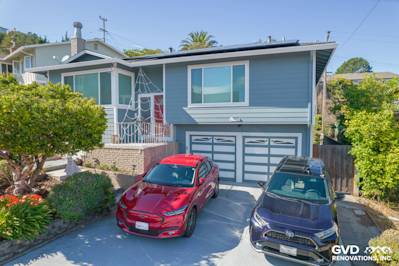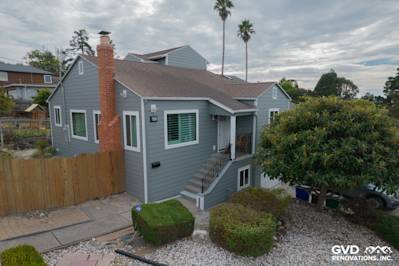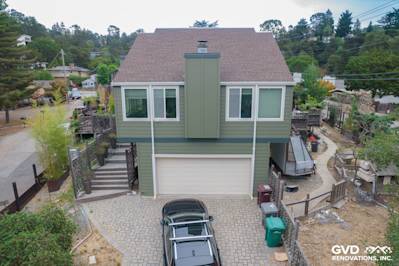Water damage behind exterior siding can be an alarming issue for any homeowner. Unattended water infiltration can lead to severe damages and costly repairs, including structural issues with your home and a potential decrease in property value. Hence, safeguarding your property by preventing water damage behind siding should be a top priority. Understanding the early signs of water damage and knowing how to prevent them will save you from expensive repairs in the future.
Understanding the Causes of Water Damage
To prevent water damage behind siding effectively, we first need to understand the reasons behind its occurrence.
Poor Installation
One of the prime causes of water damage is improper installation of siding. Without accurate measurements and correct installation procedures, gaps can appear, allowing water to creep behind the siding.
Ageing Siding
Over time, siding materials deteriorate. Cracks and gaps begin to form, which can lead to water seepage.
Missing Flashing
Flashing is a protective layer that prevents water from entering the space behind the siding. If it's missing or improperly installed, water can easily creep behind.
Signs of Water Damage
Recognizing early signs of water damage can help you prevent it from spreading further. Here are a few signs to watch out for:
- Mold and mildew growth
- Rotting wooden structures
- Peeling paint or wallpaper
- Warped siding
- A noticeable increase in utility bills
Preventing Water Damage
Once you've identified the causes and signs of water damage, the next step is to focus on prevention. Here's how you can prevent water damage behind your siding:
Regular Inspection
Conducting regular inspection is crucial. Look for signs of damage like cracks, gaps, bulges, or warping in the siding. These may indicate water's presence behind the sidings.
Proper Installation of Siding and Flashing
Hire professionals for installing siding and flashing. Poorly done DIY projects can lead to incomplete installation, making your house vulnerable to water damage.
Use of Water-Resistant Materials
Choose sidings made of materials like vinyl, fiber cement or aluminum which are known for their resistance to water damage.
Tips to Maintain Siding and Prevent Water Damage
Regularly clean your siding to prevent the accumulation of dirt and moisture
Seal any visible cracks or holes in the siding
Make sure flashings, especially around windows and doors, are correctly installed and maintained
Schedule professional inspections every few years
Repair or replace damaged or aging siding promptly
Maintain your home's gutters and downspouts to prevent water overflow
Redirect downspouts away from the foundation of your house
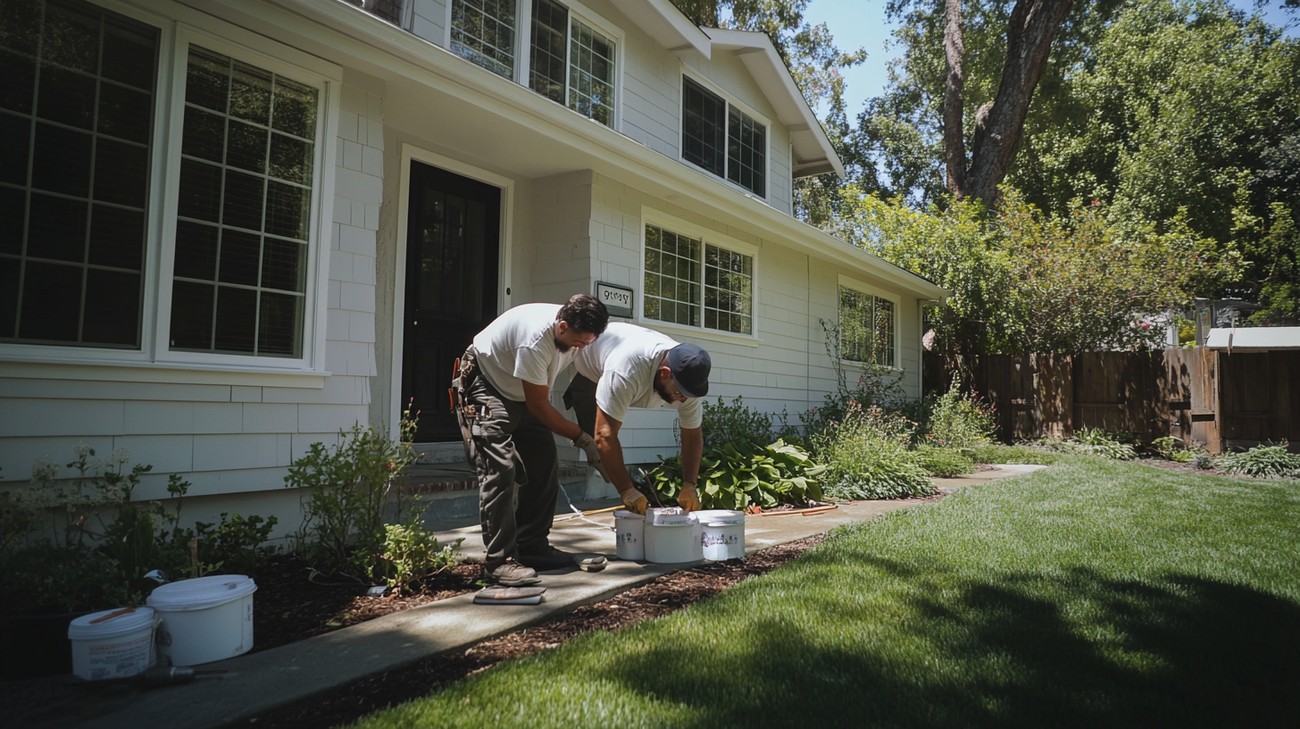
Frequently Asked Questions about Preventing Water Damage Behind Siding
How Can I Identify Signs of Water Damage Behind Siding?
Signs of water damage are often subtle until the problem is quite severe. You might see water stains, swelling, cracks, mold, mildew, or even warped and rotting siding. Frequent or persistent dampness can also mean there's water getting in where it shouldn't.
How Can I Prevent Water Damage Behind my Siding?
Preventing water damage behind siding can be achieved through proper installation, regular inspections, and prompt repairs. Keeping your gutters clean and properly functioning can also help divert water away from your home, thereby protecting your siding.
What Role Does Proper Siding Installation Play in Preventing Water Damage?
Proper siding installation is crucial in preventing water damage. Unless it's installed correctly with the suitable water-resistant barriers, water can easily get trapped behind it, leading to mold, rot, and other kinds of water damage.
Why is Ventilation Important in Preventing Water Damage Behind Siding?
Ventilation assists in evaporating any moisture that does form behind the siding. Adding vented soffits, ridge vents, and attic fans can help reduce the risk of water damage.
Is Regular Inspection Necessary to Prevent Water Damage Behind Siding?
Yes, regular inspections of both the interior and exterior of your home can catch any signs of potential water damage early on. This will enable you to carry out immediate repairs, which can minimize the extent of the damage.
Can Gutter Maintenance Prevent Water Damage Behind Siding?
Yes, clean and properly installed gutters can help in preventing water damage behind siding. They effectively divert rainwater away from your siding and house foundation.
Are There Specific Siding Materials That Are More Resistant to Water Damage?
Yes, some materials, like vinyl and metal siding, are usually more resistant to water damage. However, keep in mind that no siding is completely waterproof. Proper installation and maintenance are key to maximizing your siding's lifespan and resisting water damage.
Can Sealing Windows and Doors Help in Preventing Water Damage Behind Siding?
Absolutely, ensuring that your doors and windows are properly sealed can prevent water from seeping into your home and trapping moisture behind your siding.
If Water Damage Occurs, Is It Always Necessary to Replace the Siding?
Not necessarily. If caught early, water damage might be minimal and only require repairs rather than complete replacement. However, extensive water damage usually will require replacing your siding in order to keep your home protected.
Can Landscaping Help in Preventing Water Damage Behind Siding?
Yes, good landscaping can assist in protecting your home from water damage. Make sure your landscaping slopes away from your home to divert rainfall or sprinkler water away from your foundation and siding.
How Often Should I Perform Maintenance to Prevent Water Damage to my Siding?
Regular inspection and maintenance should be conducted at least twice a year, preferably during the spring and fall. Additional checks should also be made after bouts of heavy rain or hail to ensure no damage has occurred.

Pros of Preventing Water Damage Behind Siding
Prolongs the Lifespan of the Siding
Preventing water damage on your home's siding can significantly increase its lifespan. Water is one of the most damaging elements to your home’s exteriors. If left unchecked, water seepage behind the siding can lead to significant damage, such as wood rot and the growth of harmful mold. By proactively preventing water damage, you’re ensuring that the material – be it vinyl, wood, or otherwise – maintains its quality and lasts for years.
Maintains the Aesthetic Appeal of Your Home
Water damage doesn’t just physically deteriorate your siding, it also causes unsightly stains and discoloration. By taking preventative measures against water damage, you are ensuring that your home maintains its aesthetic appeal. This is especially important if you’re planning on renting or selling your property, as water-damaged siding can significantly decrease its real estate value.
Avoids Costly Repairs or Replacements
The cost of replacing or repairing water-damaged siding can be quite steep. Depending on the extent of the damage, it might require removing the entire siding and installing a completely new one. Preventing water damage before it happens will save you from incurring these heavy expenses.
Promotes Health and Safety
Water-damaged siding can become a breeding ground for mold and mildew, which are harmful to human health. By taking steps to prevent water damage, you are ensuring the well-being of your family.
Cons of Preventing Water Damage Behind Siding
It Requires Time and Effort
Preventing water damage to your siding means consistent maintenance. It implies regularly checking your siding for any signs of water seepage, cleaning your gutters, and making necessary repairs. All these tasks demand both time and effort.
Cost of Preventative Maintenance
Although regular preventative maintenance can save you from costly repairs in the long run, it does involve a certain upfront cost. From purchasing the necessary tools and products to dealing with minor preventative repairs, these costs can add up, especially for a large property.
Needs Expertise and Skills
Water damage prevention is not always straightforward. It can sometimes require an understanding of construction and architecture, especially when dealing with complicated drainage systems or making significant repairs. If you are not skilled or experienced in these areas, you may have to hire a professional, adding to the overall cost.
Environmental Factors
No matter how much time, effort, and money you dedicate to preventing water damage to your siding, environmental factors may still pose challenges. In areas with heavy rainfall or humidity, it can be particularly difficult to prevent water from damaging your siding.
Upfront Cost of High-Quality Siding
Investing in high-quality water-resistant siding is one of the best ways to prevent water damage. However, these materials often come with a higher price tag. While this can be cost-effective in the long run, the initial outlay can be substantial.
Potential Overlook of Other Essential Home Maintenance Tasks
Finally, focusing excessively on preventing water damage to your siding might divert your attention from other essential home maintenance tasks. Every part of your home requires care and maintenance, and over-prioritizing the siding could lead to negligence of other areas.

Myths and Misconceptions about Preventing Water Damage Behind Siding
Myth 1: All Sidings are Waterproof
Reality:
Contrary to popular belief, sidings are not always waterproof. Sidings are meant to serve as a protective barrier for your house against different weather conditions. However, they're not invincible and can let in water especially if not installed correctly, if they're old, or damaged. Therefore, preventative maintenance, like caulking any visible gaps, can increase the siding’s water resistance and protect the home.
Myth 2: Proper Installation of Sidings Completely Prevents Water Damage
Reality:
While proper installation of sidings can significantly reduce the chances of water damage, it does not completely eliminate it. It is possible for water to seep behind the siding due to sideways rain, leaks at intersections of different building materials, or capillary action (where water wicks up behind the siding). Therefore, a tyvek house wrap or similar material is often installed under the siding to help protect the structure.
Myth 3: All Siding Materials Protect Equally Against Water Damage
Reality:
The type of siding material chosen can greatly impact how much it can resist water. For instance, vinyl siding tends to be quite resistant to water and even if water gets behind it, it can dry out. However, wood siding can absorb water and may rot over time. Therefore, it is vital to understand the type of siding chosen and its ability to resist water damage.
Myth 4: Replacing Damaged Siding is Enough to Prevent Future Water Damage
Reality:
Simply replacing damaged siding is not enough. Water that penetrates through the siding can cause damage to the internal structure which needs to be addressed. If mold or rot has begun it needs to be removed and necessary repairs made before replacing the siding. Furthermore, the source of the water leak should be identified and resolved to prevent damage from recurring.
Myth 5: Repainting the Siding can Prevent Water Damage
Reality:
While paint can help protect the siding from the weather and extend its lifespan, it cannot completely prevent water damage. Areas where siding intersects windows, doors, or other parts of the structure are susceptible to water leakage.
Myth 6: Water Damage Behind Siding is Clearly Visible
Reality:
Water damage is not always visible from the outside. Sometimes, water can slowly seep behind the siding, causing damage over time that may not be visible until it's severe. Regular inspections of the siding and the building's interior are important for early detection of moisture issues.
Myth 7: DIY Fixes Are Adequate for Preventing Water Damage Behind Siding
Reality:
While small areas of damage may be patchable with DIY methods, serious water infiltration problems often require a professional. Improper remedy of water damage can lead to more serious issues down the line like mold growth or structural damage. Improper siding installation or replacement can also lead to water damage.
Remember, preventing water damage is less costly and stressful than dealing with the aftermath of damage. Break away from these myths and misconceptions to safeguard your property effectively against water damage.
Summary
Preventing water damage behind siding can save you tons of money and potential headaches in the future. It's not a process to be taken lightly, having professional help to ensure proper installation and maintenance is key. Even though high-quality siding materials should ideally be impervious to water, there might be occasional cases where water can seep through. Simple measures such as regular inspections and prompt repairs will keep your siding and home safe and dry for years to come.
Protection from water damage is one of the major reasons why sidings are installed. Therefore, it's essential to do everything possible to ensure successful prevention of water damage behind siding. Making sure the work is carried out accurately right from siding installation to ensuring its maintenance and repair on time, can save you from major property damage. It will also ensure your siding lasts for a long time, still looking brand new, and performing efficiently.
Nothing beats the secure feeling of knowing your home is protected. That's why preventing water damage behind siding is so crucial. Standard maintenance includes checking and cleaning your gutters, sealing any gaps or cracks, and regular checks for signs of water damage. If you spot any issues, don't hesitate to call in the professionals. It's always better to tackle water damage early before it turns into an expensive, long-term problem.
About Bay Area Siding Company
Bay Area Siding Company, located in the heart of Bay Area, CA, is your dedicated team of experienced professionals specializing in making your homes more beautiful, durable, and energy-efficient. We offer a broad range of high-quality siding installations, from vinyl and fiber cement to wood and stone veneer. Not just that, our comprehensive services cover design, installation, and color selection to match your home's aesthetics. Our team of experts takes pride in delivering top-notch craftsmanship and excellent customer service — aiming not just to meet, but exceed your expectations. Trust in Bay Area Siding Company to blend quality, efficiency, and style into one seamless siding experience.

